The Hosts and forms to consecrate during Mass are manufactured following a rigorous process that combines, on the one hand, the most modern technology and, on the other hand, the knowledge of manufacturing Hosts and Forms to consecrate accumulated in monasteries around the world to throughout the centuries.
The process is made up of six stages.
In the online religious store we are specialized in the sale of all kinds of liturgical and Eucharistic products. The liturgical bread that is consecrated is one of the most important elements of Eucharistic sacrifice in any Christian celebration. The bread to be consecrated is known by different names: Body of Christ, Mass Forms, Forms to be consecrated, Liturgical Particles, Eucharistic Forms, Mass wafers, Holy Communion,...
Among the different names used, one of the most popular is the word Host. Some of our customers and buyers have asked us what the correct spelling of the word Host (or Ostia) would be. The terms Host and Ostia are two homophones, that is, according to what the Royal Spanish Academy tells us, they are two expressions that are written differently and have different meanings. The difference between one term and another is especially relevant when writing, since written with or without an "h", the meaning of the word varies.
To definitively eliminate any hesitation, we will again use the definitions contained in the RAE (The Royal Spanish Academy).
As can be read in the RAE the Host (with "h") is:
1. f. Round and thin sheet of unleavened bread, which is consecrated at mass and with which communion is given.
The first meaning of the word is reproduced because it is related to the Christian religion.
Although the definition does not come from any duly authorized Christian institution, it is possible to deduce a characteristic feature that bread must have to be considered Eucharistic material.
The feature is that the Host must be unleavened bread (or unleavened bread), that is, unfermented bread. This feature is very important, as we can see in can. 926 of the Code of Canon Law (CIC). At this point it is explicitly stated that, following the tradition of the Latin Church, the priest must use unleavened bread regardless of the place where he celebrates Mass. Norms related to Eucharistic material are also discussed in numbers 319 - 323 of the Institutio Generalis Missalis Romani. All of this is fully explained by the Instruction Redemptionis Sacramentum of the Congregation for Divine Worship and the Discipline of the Sacraments.
The definition of the Royal Spanish Academy forgets another fundamental element that bread must meet in order to be consecrated. The Sacred Wafers must be made with natural wheat flour without any added element. That is to say, only those forms and hosts that are made with wheat flour will be valid for consecrating, not being suitable for the realization of the Sacrifice and the Eucharistic Sacrament all those breads made with rice flour, fruits, or any other material other than flour. wheat flour. Nor may any other substance other than wheat be added.
It is also important to keep in mind that the particles and forms to be consecrated must have a minimum amount of gluten to be valid material for the Eucharist. Gluten is a substance intrinsic to wheat, so it is necessary that the bread for Communion has a minimum amount of gluten so that baking can take place.
If we look in the dictionary of the Royal Spanish Academy for the meaning of Ostia we will find this
1. f. his. oyster.
That is, the term means oyster, a mollusk.
In short, the term Host, when we refer to the liturgical bread that once consecrated will become the Body of Christ, must be written with "h".
Sacred Host to consecrate | Sale of Hosts | Online store where to buy Hosts to consecrate | Buy Gluten-Free Communion Wafers , White or Toasted Forms,...
The forms and Hosts, the Body of Christ, are fundamental elements to celebrate the presence of Jesus among us in each Mass.
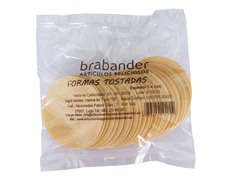
Ref: 126B7420T
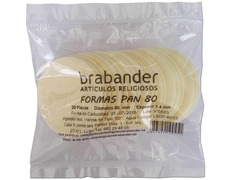
Ref: 126B8020
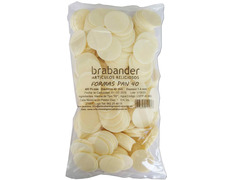
Ref: 126B40400
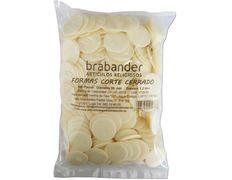
Ref: 3F093
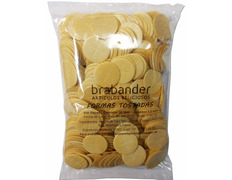
Ref: 3F093T
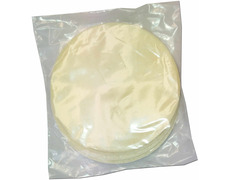
Ref: 126B1505
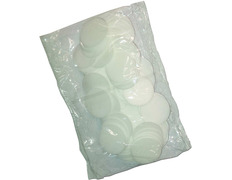
Ref: 126B025
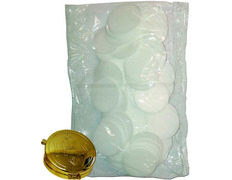
Ref: 126B025502
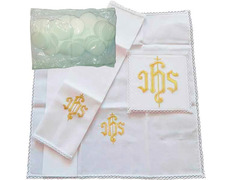
Ref: 126B02514
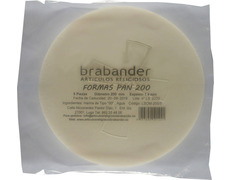
Ref: 126B2005
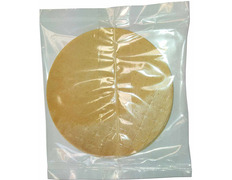
Ref: 126B1505T
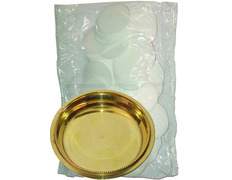
Ref: 126B02530303